Best bass guitars 2025: long and short-scale bass options for beginners to pros
Our pick of the world’s finest low-end monsters, with the best bass guitars from Fender, Yamaha, Rickenbacker, Schecter, and more…
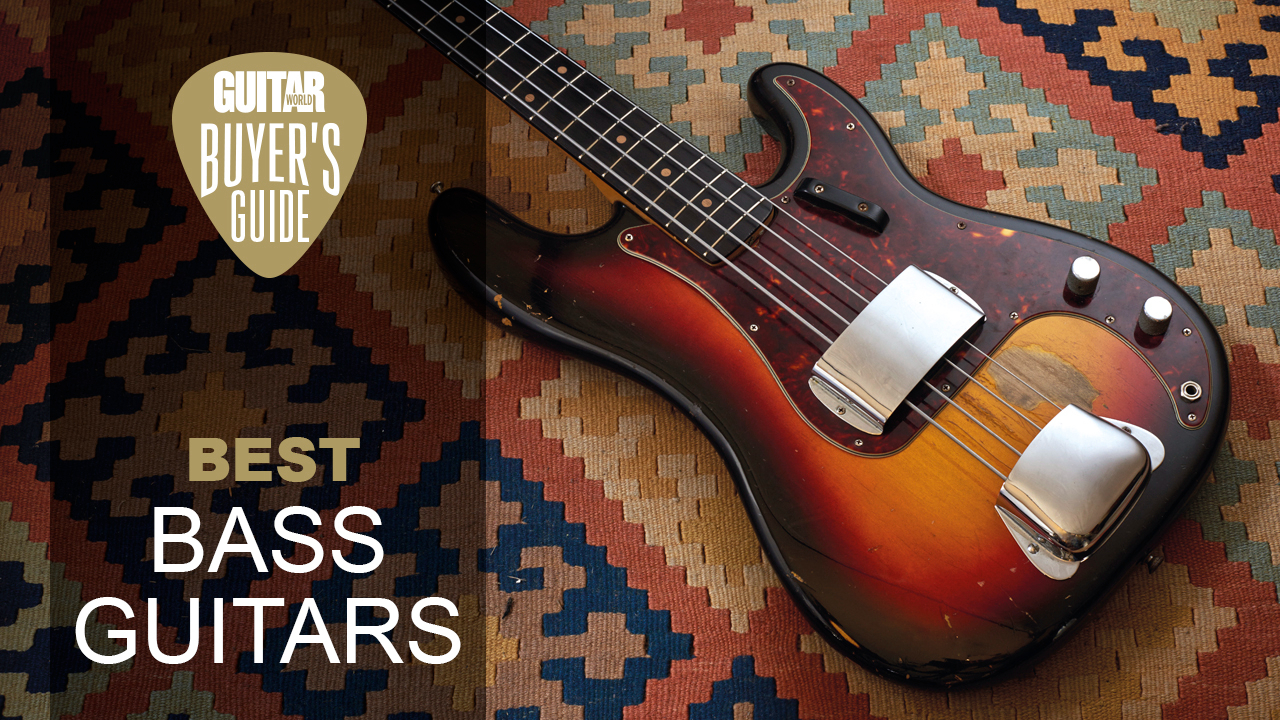
Bass players have it pretty sweet right now, with more high-quality offerings than ever before – making it the perfect time to pick up one of the best bass guitars. Whether you're seeking a thunderous five-string to bring the doom, a killer four-string you can slap around, or an understated classic, you'll be spoiled for choice.
The abundance of epic bass guitars does make it somewhat harder, though. So just how do you choose the right one for you? Well, luckily, we've done the hard work for you. We've searched high and low for the best bass guitars out there; some will be more affordable, and some will be pricey, but we've made sure to include basses for all budgets and playing styles. We've included basses from the likes of Fender, Music Man, Yamaha, and others, each offering excellent playability and great value within their price range.
We've included some FAQs at the end of this guide, so head there if you need more guidance. If you'd rather get straight to the products, keep scrolling.

Jonathan Horsley has been writing about guitars since 2005, playing them since 1990, and regularly contributes to publications including Guitar World, MusicRadar and Total Guitar. He uses Jazz III nylon picks, 10s during the week, 9s at the weekend, and shamefully still struggles with rhythm figure one of Van Halen’s Panama.
Best bass guitars: Quick list
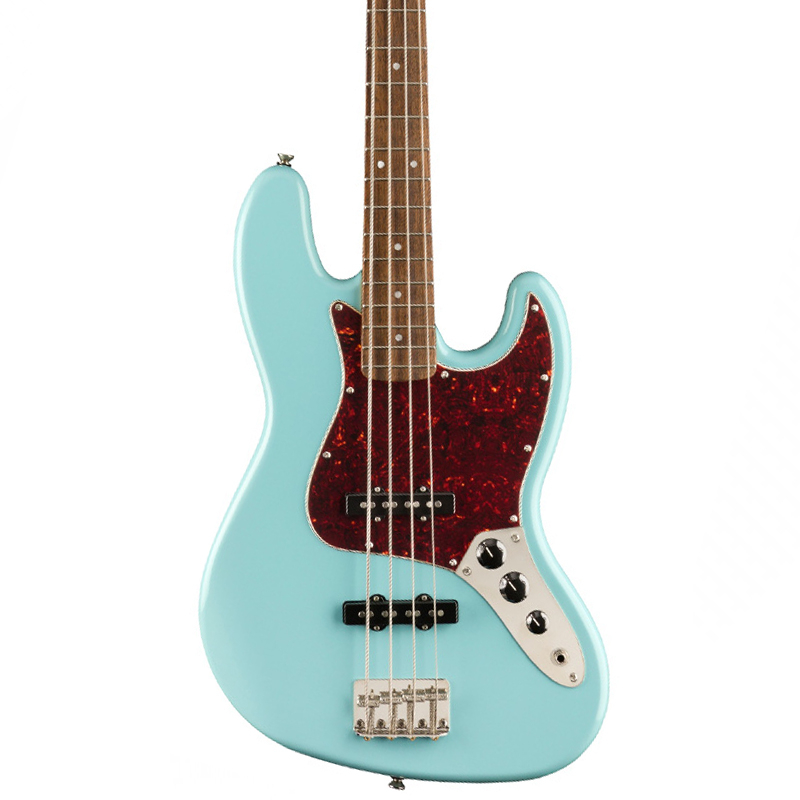
The Classic Vibe Jazz Bass is based on those original ‘60s models, and Fender’s entry-level brand Squier will give you a supremely comfortable ride and some uncannily vintage tones and plenty of change from 500 bucks.
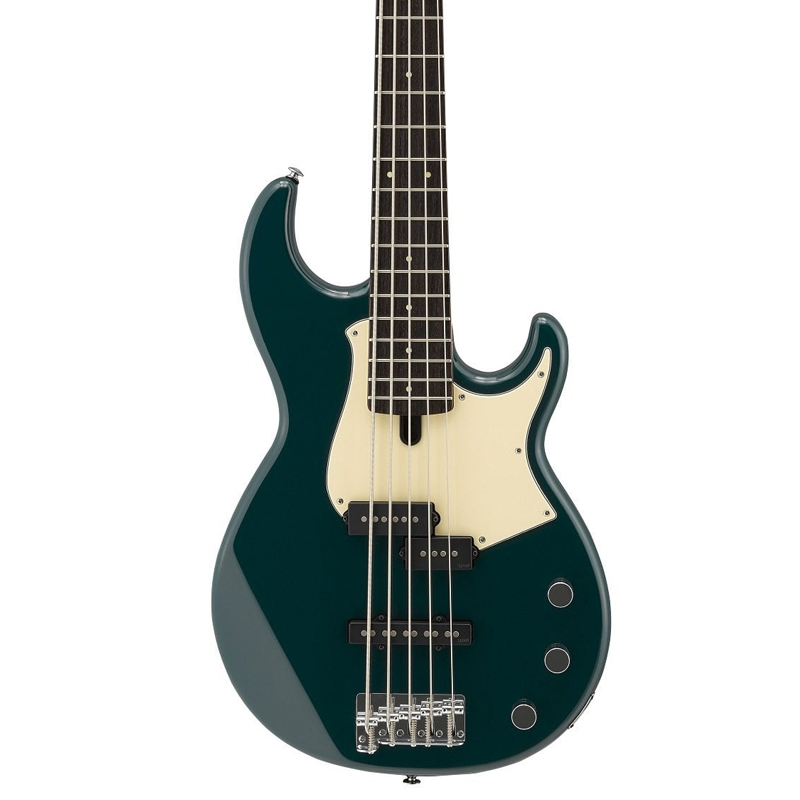
The BB435 nails that vintage-modern vibe, and like all great instruments it has a timeless quality, capable of holding its own in any company. Now, Yamaha does a very neat line in pro basses but this is an exceptionally priced instrument.
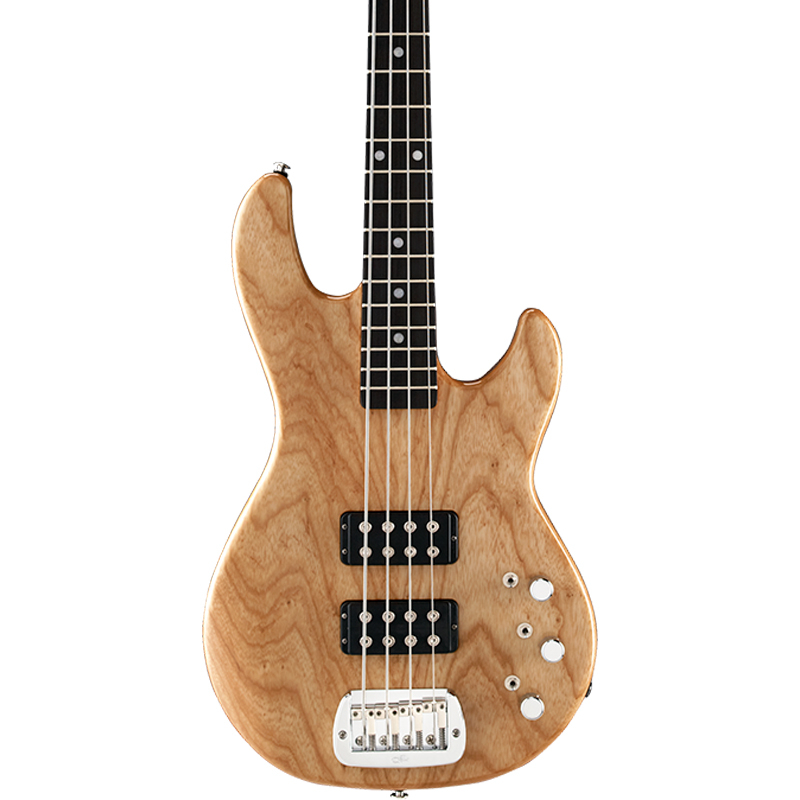
As the name suggests, the Tribute L-2000 is a replica of its Leo Fender-designed namesake that debuted in 1980. What blew minds then and still does is the switching system. There’s a trio of knobs, a trio of toggle switches, and a cornucopia of tone options to be had here.
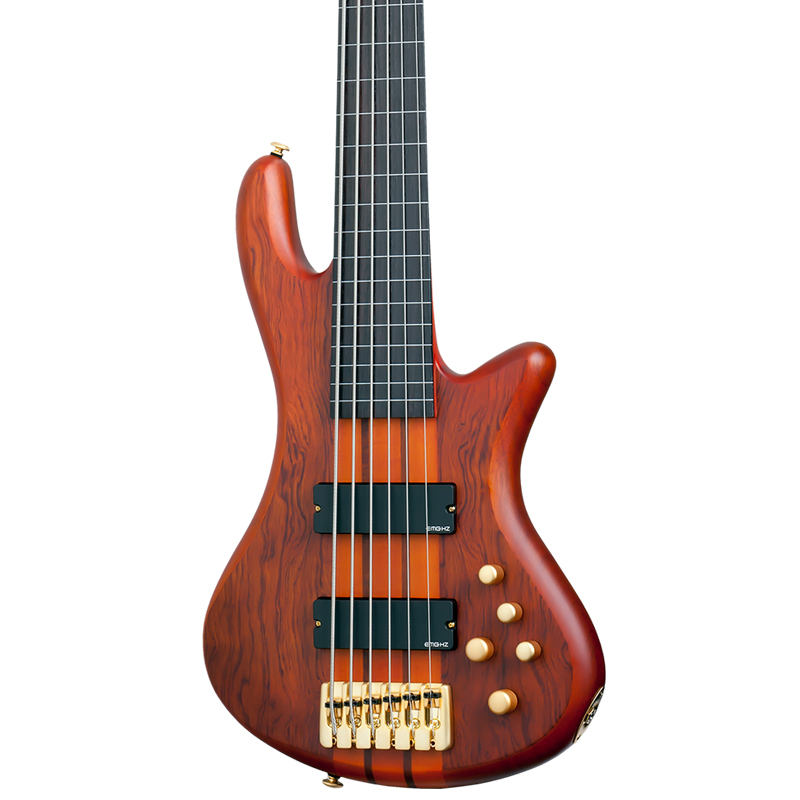
The Stiletto Studio 6 challenges the notion that the six-string bass can feel a little intimidating, that it’s perhaps a niche instrument with an exclusive price tag to boot. Sure, a nut width of 54mm might be a struggle for some, but the neck’s thin C profile is shallow enough to ease you in.
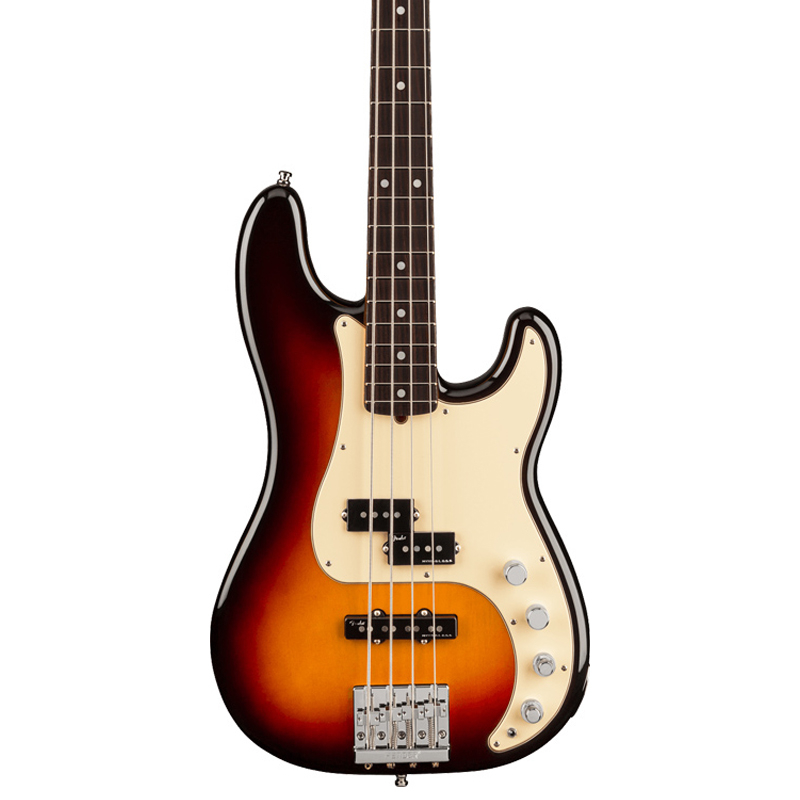
The American Ultra's approach presents a more evolutionary than revolutionary approach to modernizing Fender’s top-line US-built instruments, and we think they found the sweet spot. This is unmistakably a P-Bass but with some very contemporary features.
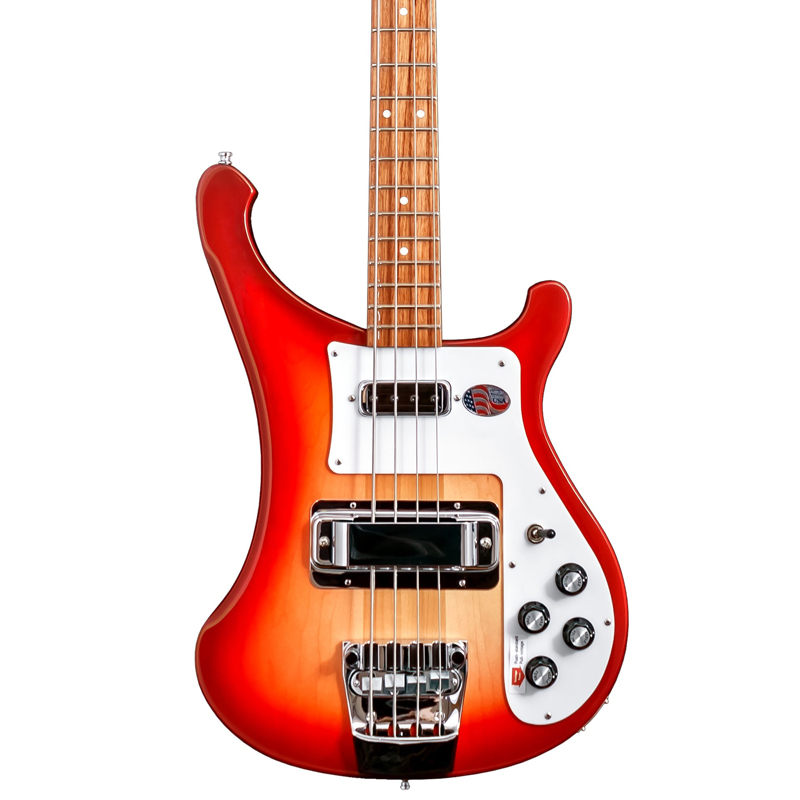
No other bass can cover as much ground as the Ricky 4003S. Pick a genre, any genre, and someone somewhere will be plucking or slapping some epic vintage bass tones that fit perfectly. From funk, rock, punk, indie and heavy metal, the 4003S can still do it all.
Best on a budget
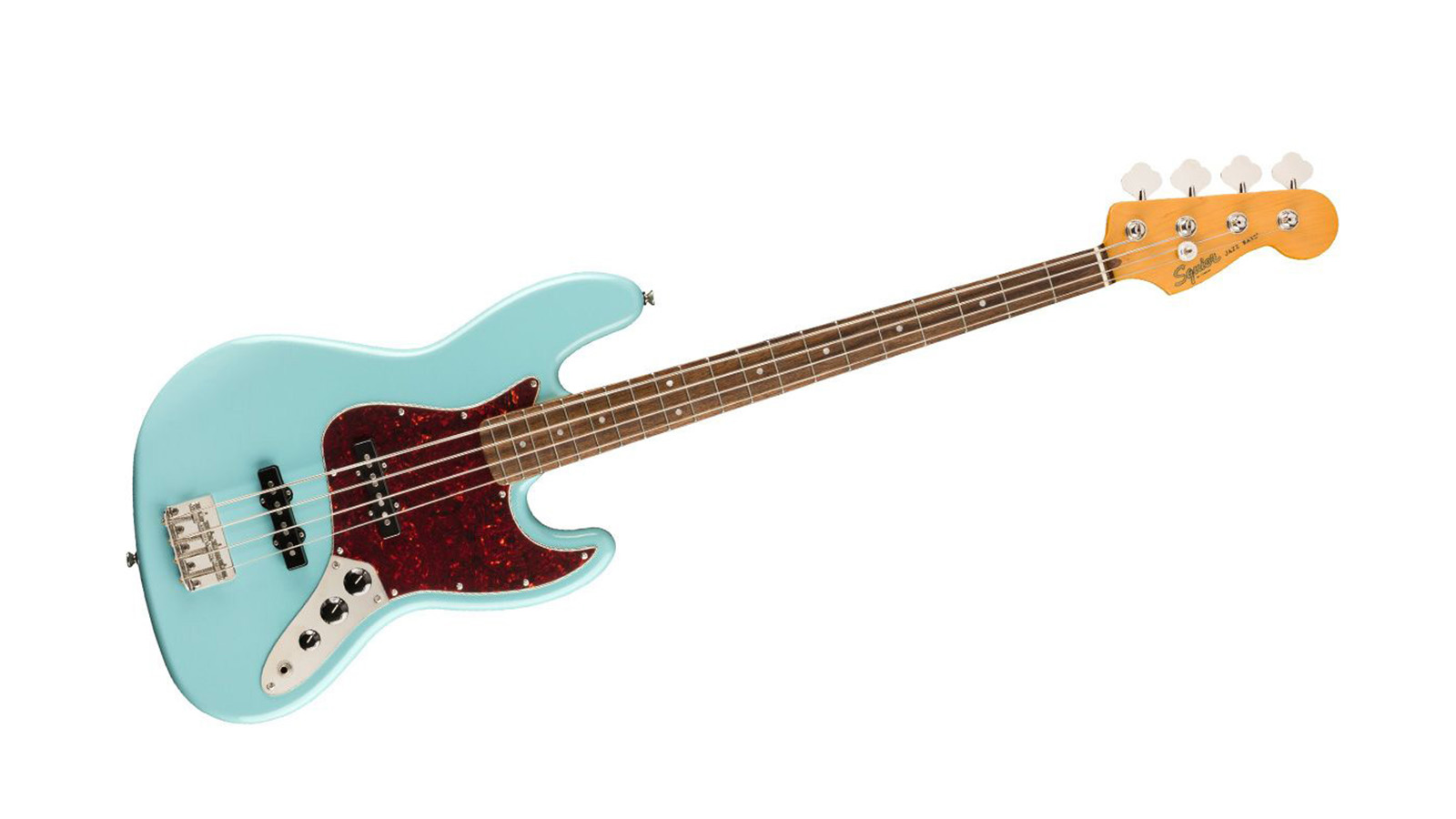
Specifications
Reasons to buy
Reasons to avoid
✅Buy if you are on a budget: For us, the Squier Classic Vibe '60s Jazz Bass offers players of any level superb value for money.
❌Avoid if you want a modern tone: While we love the sound of this bass, it isn't best suited for modern tones.
Say you were blindfolded and thrown into the bass section of your local music store and asked to retrieve the first bass you found, chances are you will return with something inspired by the Jazz Bass.
Since it was first introduced – disingenuously billed as the “two-pickup Precision” – in 1960, the Jazz Bass has inspired countless imitators, and has consistently been tweaked and revised by Fender through the ages. There’s a reason for this; the design looks cool and it works. The Classic Vibe Jazz Bass is based on those original ‘60s models, and Fender’s entry-level brand Squier will give you a supremely comfortable ride and some uncannily vintage tones and plenty of change from 500 bucks.
It’s a great deal. The tones are on-the-money as far as the Jazz Bass goes – thumping, in your face, but elastic and alive – and the controls that offer a wide sweep of tones.
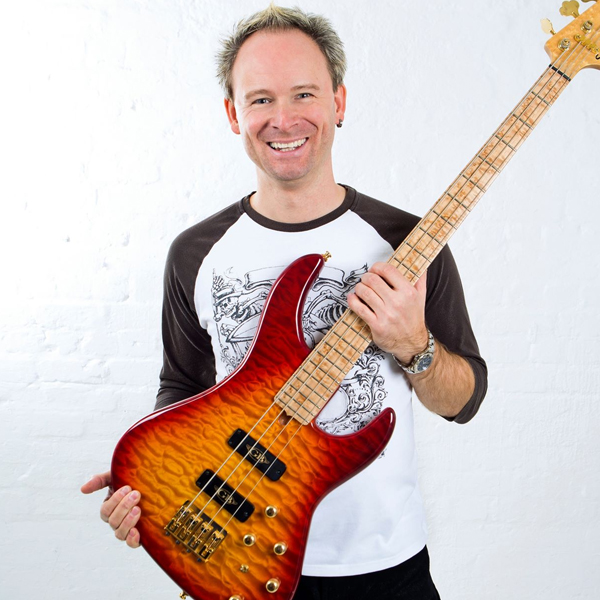
"It offers outstanding value for money, and although some may sneer at the moniker on the headstock, I compared this bass with several similar instruments costing much more and none of them could compare with the lively response of this bass. "
Read the full Squier Classic Vibe '60s Jazz Bass review
Affordable 5 string

2. Yamaha BB435 Bass Guitar
Our expert review:
Specifications
Reasons to buy
Reasons to avoid
✅Buy if you want a versatile instrument: There isn't a genre this classic Yamaha bass can't do.
❌Avoid if you want a compact bass: As this Yamaha bass has a wide and flat body, it can feel pretty large to hold.
The BB435 nails that vintage-modern vibe, and like all great instruments it has a timeless quality, capable of holding its own in any company. Now, Yamaha does a very neat line in pro basses – the BBP35 is an exceptional top-line version of the BB435 that we’d recommend in a heartbeat – but this is an exceptionally priced instrument.
The BB435 is an absolute hoot to play, lively, dynamic, and it has a fuss-free control system where a master tone serves both pickups and you can adjust the balance via independent volume controls. There are certainly more detailed onboard EQ shaping options on a bass guitar, but few as simple or elegant.
The BB435 would make a superlative choice for any player looking for their first five-string. The low B string is tight. The build is exceptional throughout – this is a bolt-on but the six-bolt miter neck joint is so strong you might swear it’s a string-through. This allied to the clever 45-degree string-through bridge helps set the BB435 apart.
Best for versatility
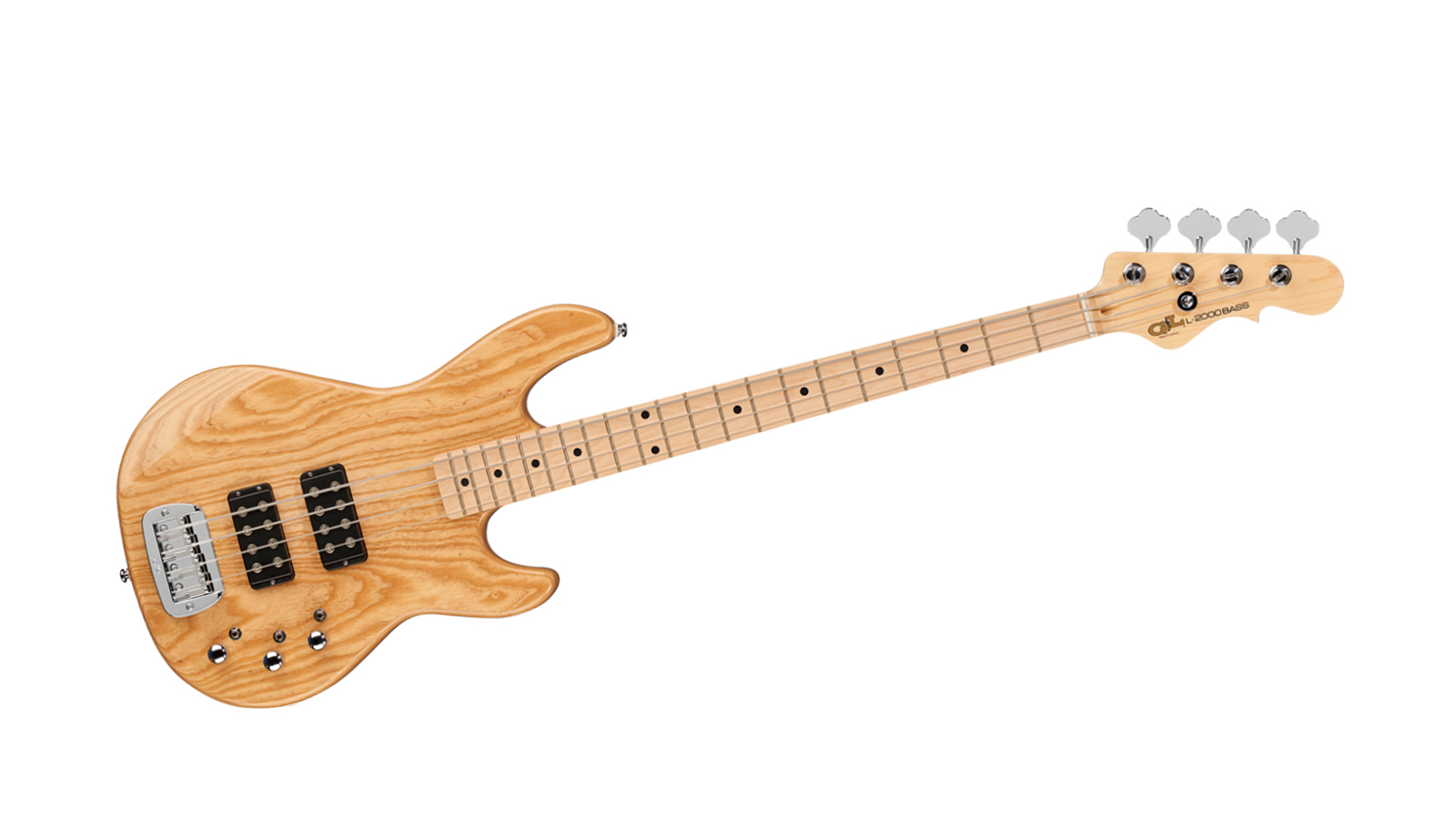
3. G&L Tribute L-2000
Our expert review:
Specifications
Reasons to buy
Reasons to avoid
✅Buy if you want a studio companion: As this bass offers a wide range of tones, it's the perfect model for studio use.
❌Avoid if you want to keep it simple: Not going to use all the switches? Well, in that case, you'll want to look elsewhere.
As the name suggests, the Tribute L-2000 is a replica of its Leo Fender-designed namesake that debuted in 1980. What blew minds then and still does is the switching system. There’s a trio of knobs, a trio of toggle switches, and a cornucopia of tone options to be had here – toggle between active and passive modes, between neck, middle or both humbuckers, and series/parallel mode. This jemmies open the sonic possibilities even before you get to the two-band EQ.
If the switching and EQ controls seem a little esoteric at first – and you’ll have a fun time finding the sweet spot – the performance of this modestly priced four-string puts it firmly in the workhorse category.
The hardware won’t let you down. The Saddle-Lock bridge is a Leo design, neat, sturdy, and a solid platform. The tuners are open-backed, old-school. But it’s the pickups and electronics that people will ask you about after the show. Those US-made G&L MFD humbuckers are overwound with a ceramic core and they’re powerful. And they’ve got individually adjustable pole pieces, just in case the switches and EQ didn’t present enough choice.
Best six-string bass
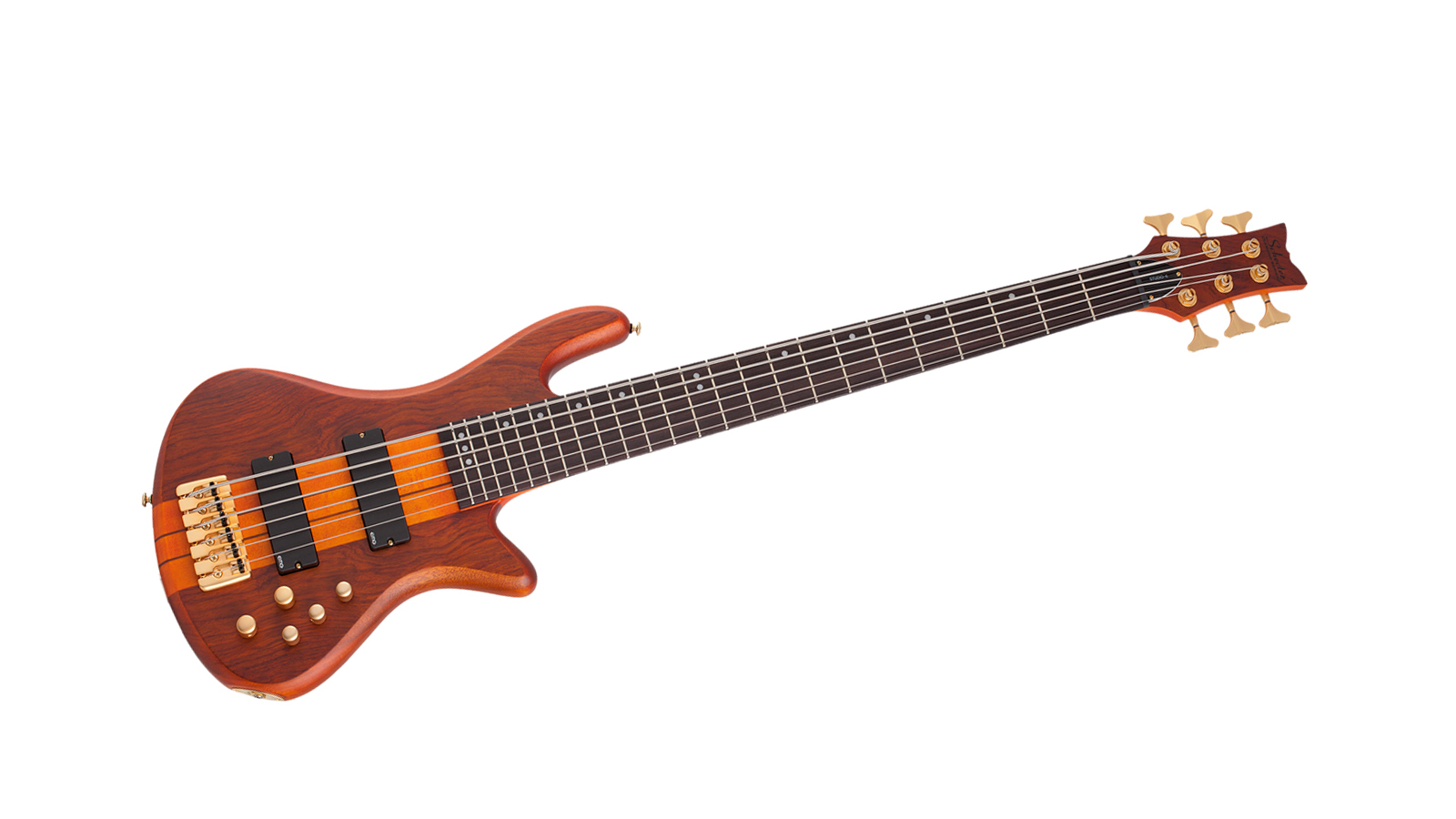
4. Schecter Stiletto Studio 6
Our expert review:
Specifications
Reasons to buy
Reasons to avoid
✅Buy if you want the ultimate six-string: When it comes to great-sounding six-string basses that offer superb value, our pick is the Schecter Stiletto Studio 6.
❌Avoid if you don't need the extra strings: Six-string basses aren't for everyone, so if you are looking to keep it traditional, then there are better models available.
The Stiletto Studio 6 challenges the notion that the six-string bass can feel a little intimidating, that it’s perhaps a niche instrument, with an exclusive price tag to boot. Sure, a nut width of 54mm might bring tears to an avowed four-stringer’s eyes, but the neck’s thin C profile is shallow enough to ease you in and help adjust to all that extra fretboard territory.
What will you use it for? Well the six-string format makes possible all kinds of progressive and outré jazz-funk styles, and the EMG 45Hz humbucker pairing and comprehensive 3-band EQ let you dial in pretty much whatever you want. Scoop the mids for some effervescent slap, or boost them and the treble for some really up-front, bass-as-a-lead instrument tones.
The extra jumbo frets reward a light touch and the neck-through build, which sees the neck dissolve into the body, leaves a heel that offers zero resistance to your reaching the summit of that fretboard. The build quality is what we would expect from a South Korean Schecter, i.e. tip-top, and it ain’t light but the balance feels pretty much bang on.
Best high-end bass
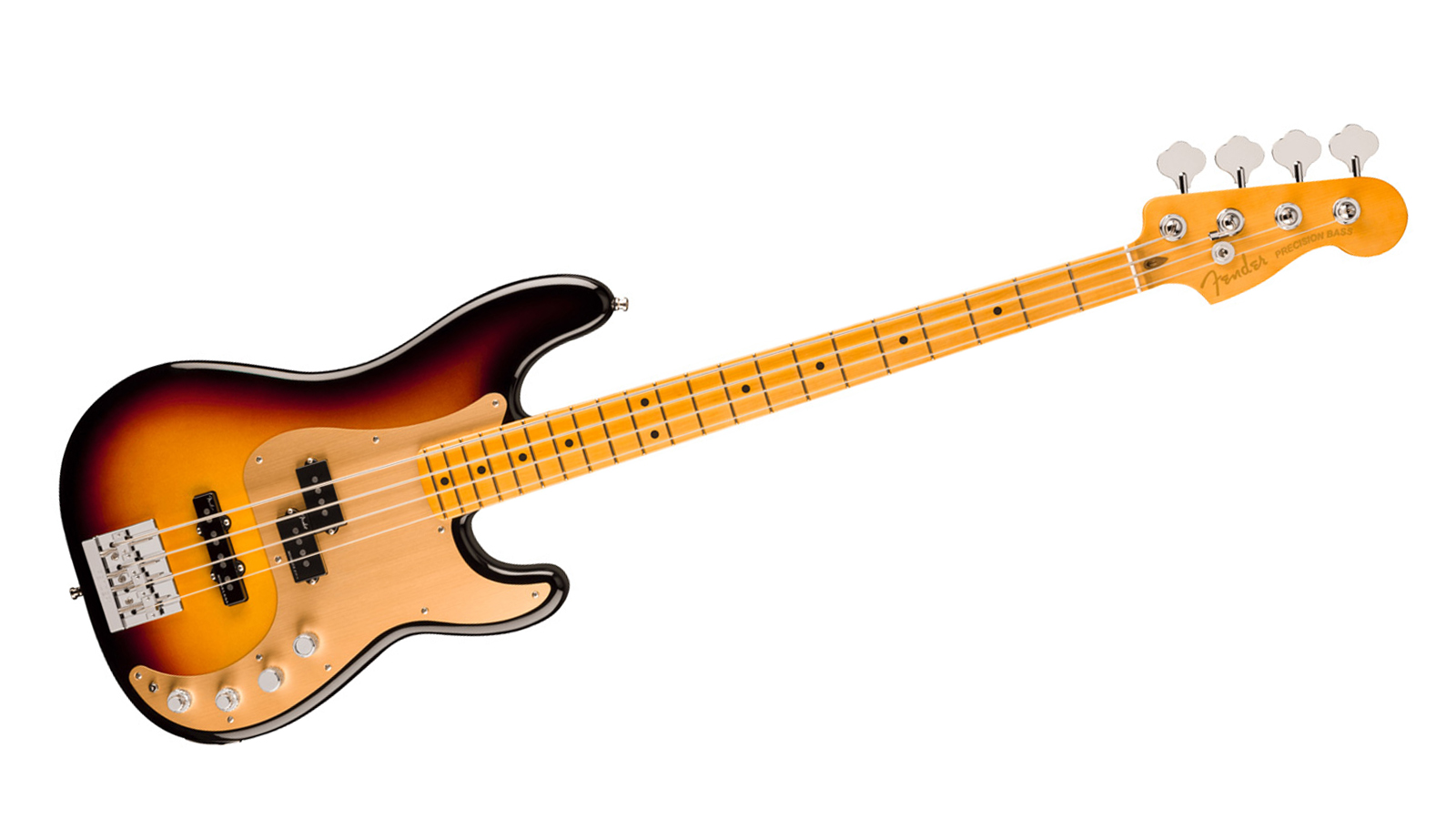
Specifications
Reasons to buy
Reasons to avoid
✅Buy if you want a very smooth feel: The neck on this Jazz Bass is up there with the best we've ever played.
❌Avoid if you are on a budget: This is a top of the line bass, so if you are on a budget you may wan't to look at the Performer or Player range.
The American Ultra Series’s approach presents a more evolutionary than revolutionary approach to modernising Fender’s top-line US-built instruments, and we think they found the sweet spot. Take this Precision Bass. It is unmistakably a P-Bass; the classic silhouette is present and correct. You’ve got a choice of an alder body or ash, retro pick-guards in three-ply mint green or 4-ply tortoiseshell.
But with a new Modern D neck profile, the 10-14” compound radius fingerboard, HiMass bridge, lightweight tuners and a newly designed preamp, it’s an altogether more contemporary proposition.
The American Ultra body is also more heavily contoured across the back, with a newly sculpted heel allowing a free pass to the upper frets. The Ultra Noiseless pickups are an excellent pairing also, with the punchier Vintage Jazz single-coil in the bridge position offering a nice counterpoint to the rounded warmth of that middle position split-coil.
It ain’t cheap but the smart new finishes, the player-friendly amendments (improvements?) to an all-time classic, and the tones are worth it.
Best for vintage tones
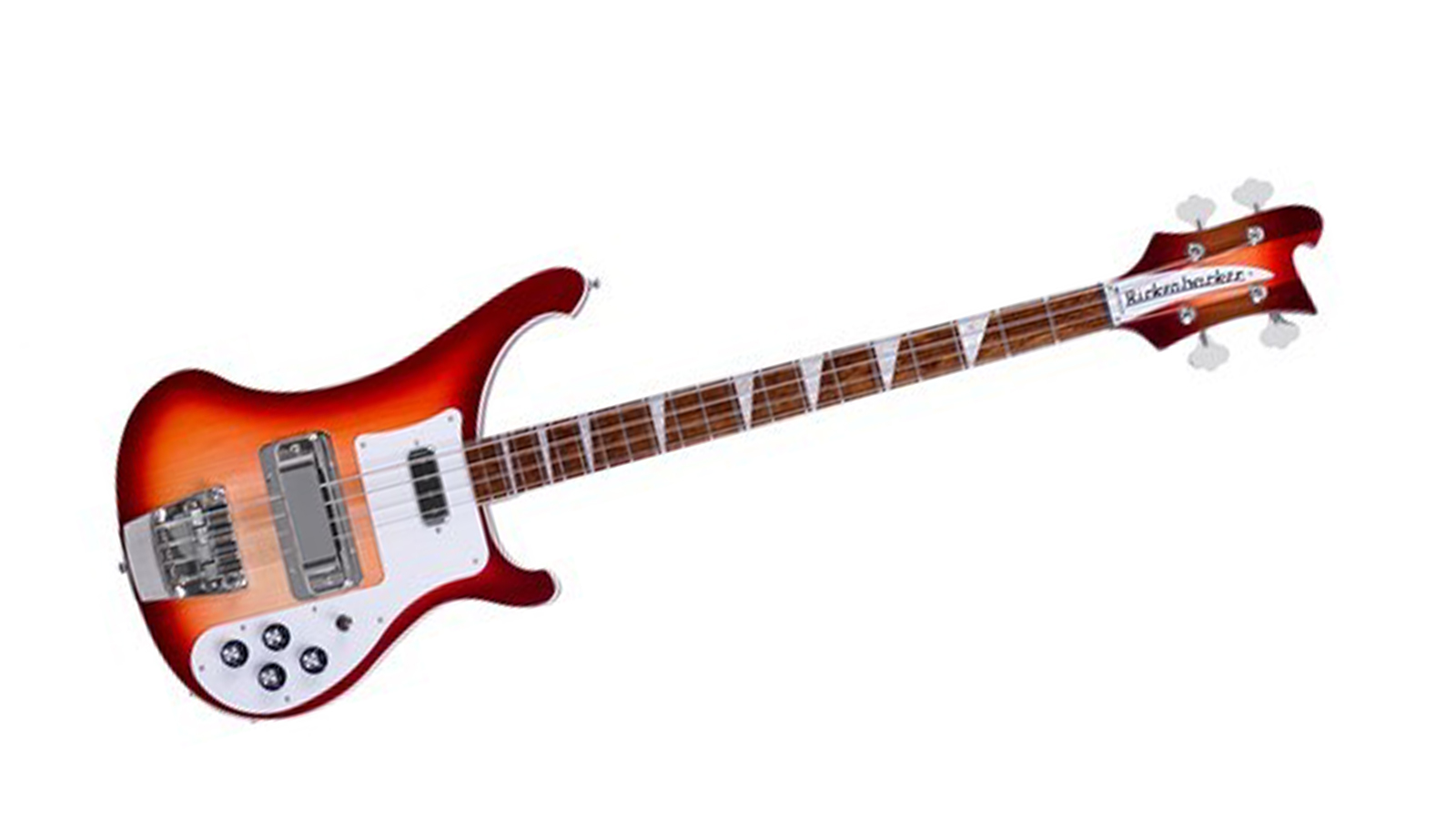
6. Rickenbacker 4003S
Our expert review:
Specifications
Reasons to buy
Reasons to avoid
✅Buy if you want a vintage tone: The Rickenbacker delivers a very unique vintage tone that is instantly recognizable.
❌Avoid if you need modern voicings: Yes the Rickenbacker sounds amazing, but the bright tone isn't for everyone.
No other bass can cover as much ground as the Ricky 4003S. Pick a genre, any genre, and someone somewhere will be plucking or slapping some epic bass tones that fit perfectly. From funk, rock, punk, indie and heavy metal to the extremes of metal, the 4003S can do it all.
Despite its versatility, the Ricky actually has a very distinctive sound that’s epitomized by the neck pickup, which when played aggressively punches harder than Oleksandr Usyk having a hissy fit. It also has a reputation for clarity, a trait that helps the 4003S to cut through the densest of mixes. What’s more, stereo output provides even further opportunity for creative tone shaping.
Lemmie, Geddy Lee, Chris Squire and Paul McCartney are all famous Rickenbacker players who have managed to coax (or bully) very different tones from their basses, while still sounding recognisably ‘Ricky’.
Frankly, the 4003S isn’t everyone’s cup of Lapsang Souchong, but bassists who become smitten will go to the ends of the earth and beyond to buy a good one. Which is just as well, because the 4003S is made in small, seemingly inconsistent batches, which plays havoc with both supply and pricing.
If you see one you like at a good price, grab it quick.
How to choose
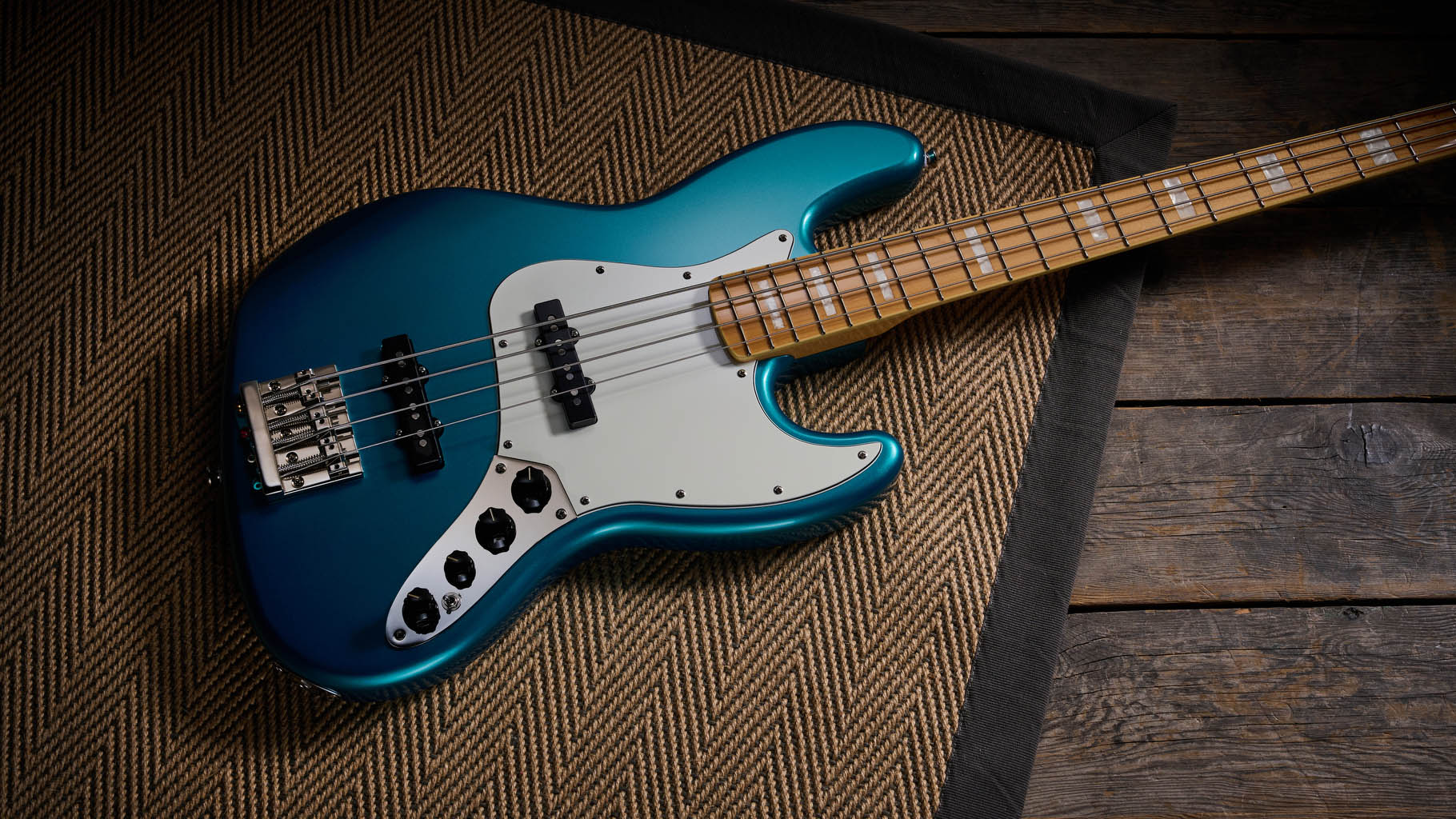
Knowing where to start when finding the best bass guitar for you can be a pretty daunting task. There are many factors to consider, especially if you’re looking for a beginner bass guitar to start your bass playing journey on. Here are some of the most important things you’ll need to decide on before you go looking for your brand new bass guitar.
First, determine your playing style, whether you lean towards rock, jazz, funk, or another genre, as this influences the type of bass you should choose.
Next, consider the body type. Solid-body basses are versatile and commonly used, while hollow-body models are great for jazz and softer, rounder tones. The scale length is another important factor. While longer scales are the norm, shorter scales make for easier playability, especially for beginners.
Pickups and their configuration can greatly affect your sound. Single-coil pickups provide a bright, clear tone, while humbuckers offer a warmer, fuller sound and reduced noise. If possible, try out different pickup setups to see which resonates with you.
Additionally, the neck profile should feel comfortable in your hands. Basses come in various neck widths and shapes, so test a few to find what you prefer. Lastly, set a budget that fits your finances, as bass guitars are available at various price points, from entry-level models to high-end instruments. By considering these factors, you can find a bass guitar that aligns perfectly with your musical journey.
Glossary of term
Active/passive electronics: Active basses come with built-in preamps and usually require a battery, offering more tonal control and a boost in output. Passive basses, on the other hand, are simpler, often providing a warmer, more organic sound without the need for batteries. Your choice here will depend on your desired sound and performance needs
Bridge: The component that anchors the strings to the body of the bass guitar. It also affects the instrument's sustain and intonation.
Fretboard: The front part of the neck where the frets are located. Players press down on the strings against the fretboard to create different notes.
Headstock: The top portion of the bass guitar where the tuning pegs are located. It holds the strings in place and allows for tuning adjustments.
Neck: The long, slender part of the bass that connects the body to the headstock. It houses the fretboard and is essential for playing notes.
Pickups: Magnetic devices placed under the strings that capture the vibrations and convert them into electrical signals for amplification. Common types include single-coil and humbuckers.
Scale length: The distance between the nut and the bridge of the bass, affecting playability and tone. Standard scale lengths for bass guitars are typically 34 inches, but shorter or longer scales are also available.
Strings: The wire or metal strands that produce sound when plucked or bowed. Bass guitars typically use four, five, or six strings.
Tuners: Also known as tuning machines, these are located on the headstock and are used to adjust the tension of the strings to tune the instrument.
Nut: A small piece typically made of plastic, bone, or graphite located at the junction of the neck and headstock that guides the strings and maintains their spacing.
Body: The main part of the bass guitar that provides resonance and houses the pickups, controls, and electronics. Bodies can be solid, semi-hollow, or hollow.
FAQs
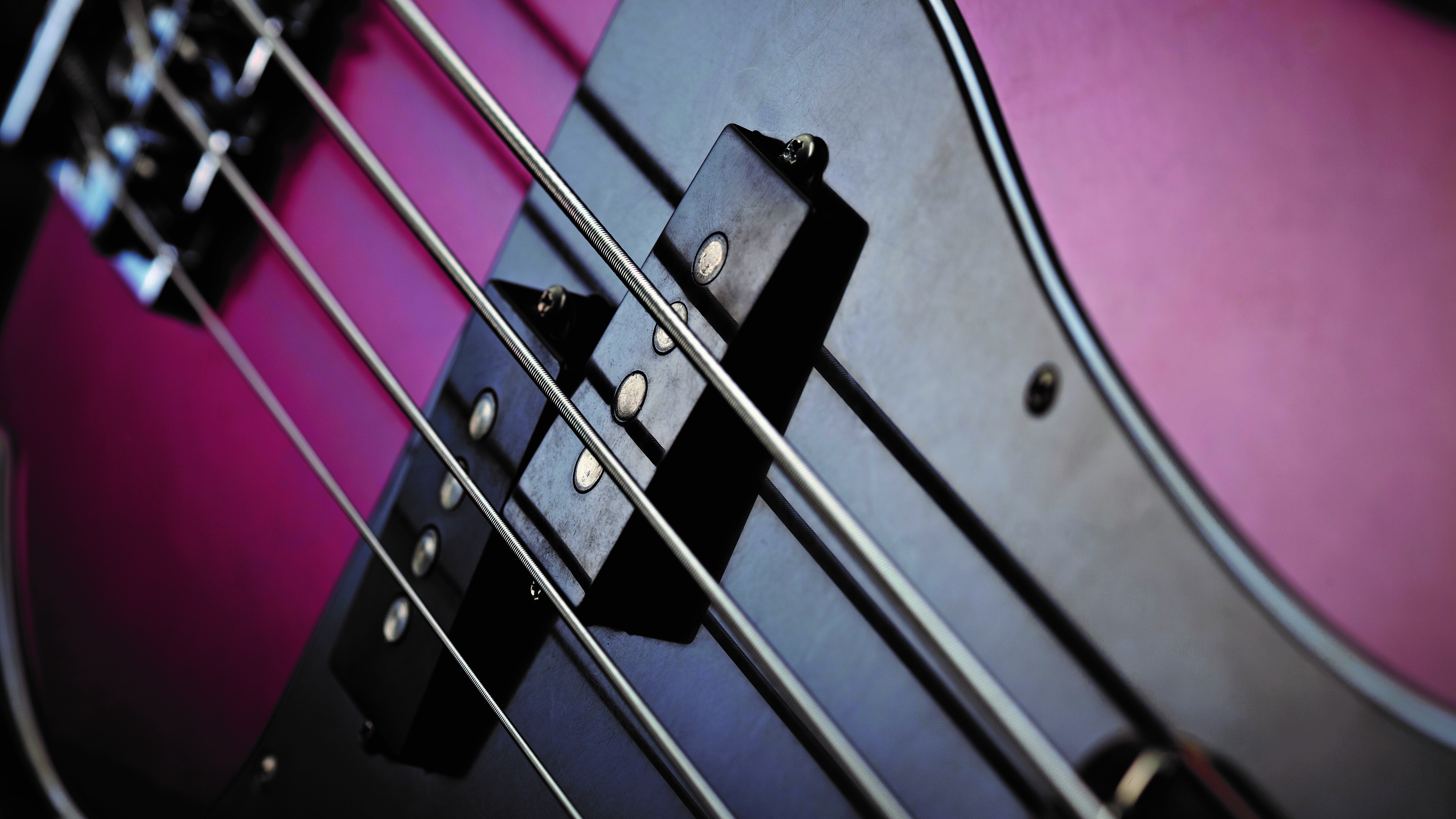
Long scale or short scale, which should I choose?
You can trust Guitar World
You'll first need to decide whether you want a long or short scale bass guitar. The scale – or scale length – of an instrument is the distance between the bridge and the nut, and we use it to measure the total playable length of the instrument.
A long scale bass has a scale length of 34", and the long scale bass is considered to be the industry standard. As a result, you'll have more options when it comes to purchasing a bass. Those used to playing smaller instruments, or just smaller people in general, may prefer a short scale alternative, however.
A short scale bass will usually have a scale length of 30", meaning the neck is shorter and the frets are closer together – making the instrument generally easier to play. This also means that the string tension is lower, which aids playability too - but means that the tone is generally warmer and more 'bassy'. The versatility of your short scale bass will take a hit because of this too.
That being said, first and foremost it's really important to find a bass that feels comfortable and fun to play. Make sure it's the bass you never want to put down – as there's no point worrying about the future prospects of your bass playing if you don't like playing it in the first place!
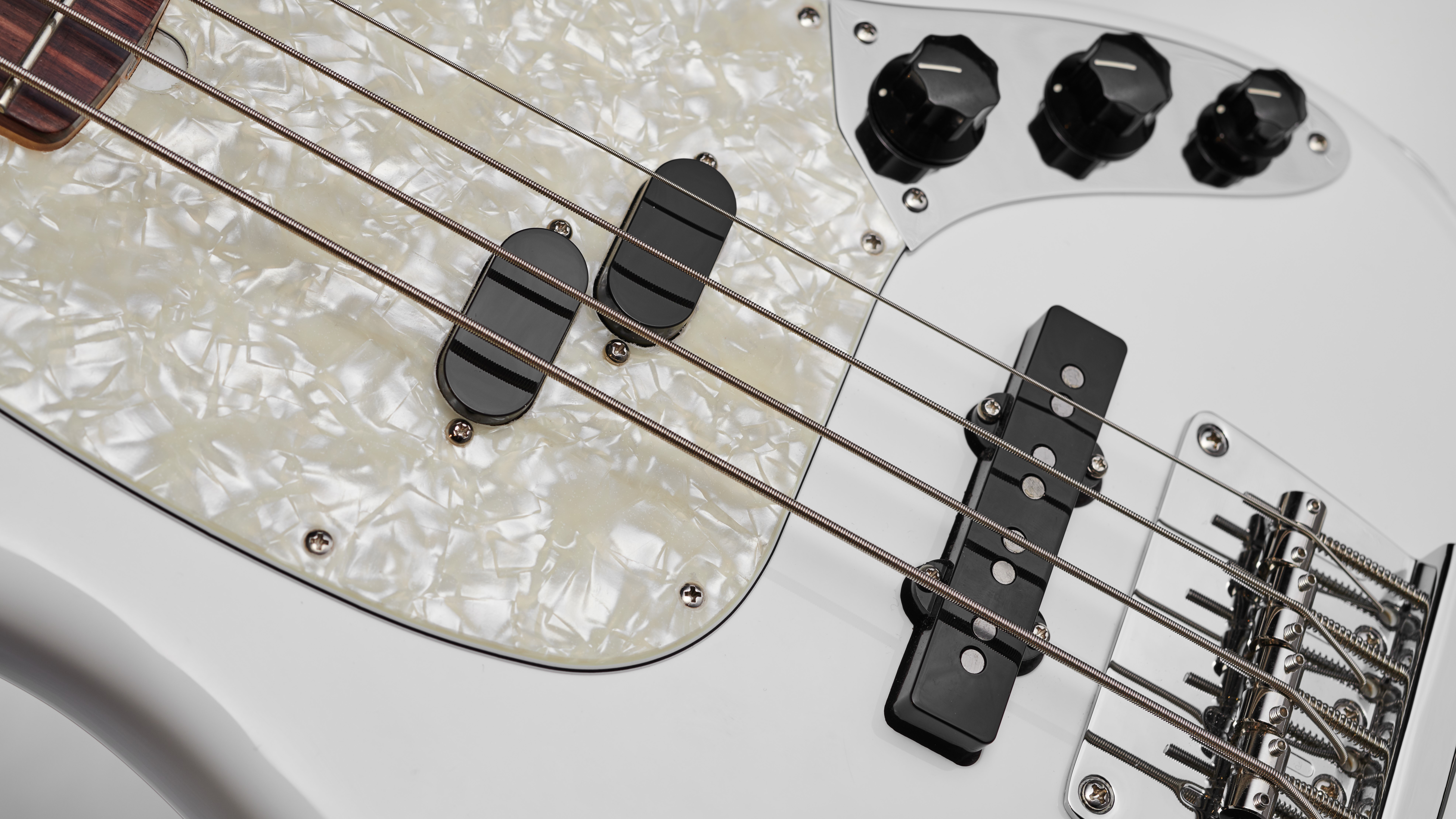
What is the difference between a passive and active bass guitar?
Put simply, passive basses have no onboard preamp and so their output is generated 100 percent by their bass pickups – think about a vintage-style Fender P-Bass/ Jazz Bass.
The active bass has an onboard preamp, typically powered by a 9V or 18V battery. This preamp boosts the pickup’s signal and the bass’s EQ can be used to cut or boost frequencies. The controls on a passive bass can only attenuate the master tone and volume of the instrument, whereas on an active bass you can have a little more control over your tones with a 2- or 3-band EQ.
There are other differences, too. The onboard preamp of active basses can compress your tone slightly – great for more aggressive styles of music such as metal, or hard rock – whereas those dynamics remain up for grabs on a passive bass.
As to which is better, there is no real right or wrong answer, although people will argue that point. Whatever sounds best to you is best, and that’s the end of it – and we'll have no arguing, thanks.
Four-string vs five-string vs six-string
For a lot of people – especially new bassists – four strings is enough. For honing your chops, and getting used to the larger size of the bass guitar, the standard four-stringed approach is what we'd suggest you go for.
Four-string basses are happily capable of any style of music, from jazz to thrash metal - but if you'd like to branch out into the world of extended range, then five and six-string basses are definitely worth your time.
A five-string bass will afford you an extra low string. In standard tuning, this is a low B, and will allow you to explore a deeper, darker tonality. The five-string bass is still fairly mainstream and found in many styles of music, as it's capable of everything a four string can do, and then some. The downsides of the five-string are that the fretboard must be wider to accommodate the extra string, and that a 5-string set of bass strings can be pretty expensive – so if you find skinny necks super comfortable, or have smaller hands, then we'd recommend sticking with a four-stringed companion.
If five strings aren't enough, then six-string basses, in standard tuning, will provide one extra low string and one high string, in the form of a low B and high C. Compared to a four or five string bass, the available selection of six-strings is much less - and is generally focused in the high-end category. The necks are wide, and can be a little unwieldy for some, but the tonal range is hard to beat.
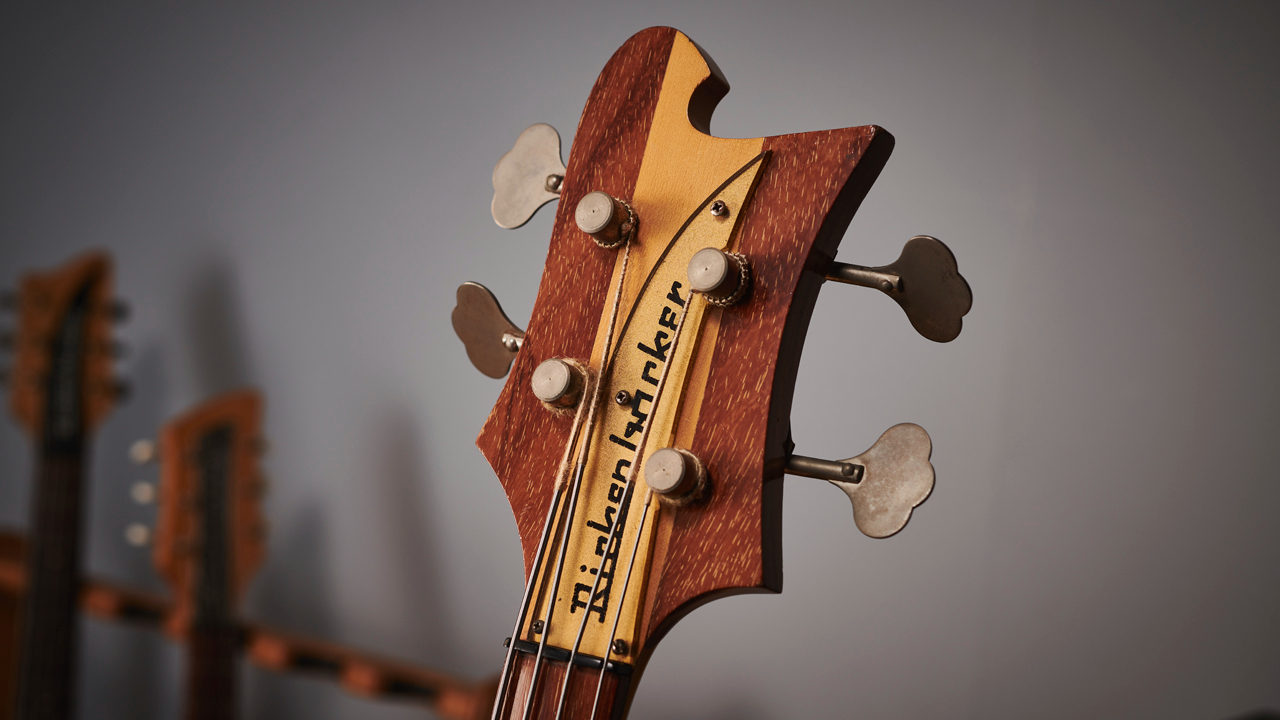
Which tonewood is best for bass guitars?
When it comes to which wood your new bass is made of, there are so many different options available to you. Bass manufacturers have been some of the early adopters of alternative tonewoods to the ash/alder/mahogany paradigm. Obviously, these standard wood types are popular for a reason, but the more exotic choices such as ovangkol, bubinga, and panga panga each offer their own frequency response and tonal characters. So it’s worth trying a few out to see what is right for you.
So which of these basses should you buy? Well, the only person able to answer that question is you. When you pick up a bass for the first time, it will speak to you. It should make you want to play constantly, and never put it down - that’s when you know you’ve found the best bass guitar for you.
How we selected the best bass guitars
Here at Guitar World, we are experts in our field, with many years of playing and product testing between us. We live and breathe everything guitar related, and we draw on this knowledge and experience of using products in live, recording and rehearsal scenarios when selecting the products for our guides.
When choosing what we believe to be the best bass guitars available right now, we combine our hands-on experience, user reviews and testimonies and engage in lengthy discussions with our editorial colleagues to reach a consensus about the top products in any given category.
First and foremost, we are guitarists, and we want other players to find the right product for them. So we take into careful consideration everything from budget to feature set, ease of use and durability to come up with a list of what we can safely say are the best bass guitars on the market right now.
Read more about our rating system, how we choose the gear we feature, and exactly how we test each product.
Why trust us?

☑️ A global audience of 3.8 million guitarists monthly
☑️ 1,200+ reviews on GuitarWorld.com
☑️ 30+ years of product testing at Guitar World
Guitar World boasts over 44 years of expertise and stands as the ultimate authority on all things related to guitars. The magazine and website feature expertly written gear round-ups and top-quality, authoritative reviews penned by a team of highly experienced industry professionals.
Guitar World's inaugural print issue hit the shelves in July 1980, and ever since, it has been captivating players and enthusiasts with engaging lessons, insightful interviews with the biggest guitar heroes, and priceless buying advice for newbie players.
Furthermore, GuitarWorld.com continues this legacy online and serves as the hub of the world's foremost authorities on guitar playing. The site not only hosts content from Guitar World but also showcases articles from respected publications such as Guitarist, Total Guitar, Guitar Techniques, and Bass Player. With a reach extending to 3.8 million players each month, GuitarWorld.com is a go-to destination for guitar fanatics globally.
Related buyer's guides
- Best budget bass guitars: our top picks under $500
- Our pick of the best 5-string bass guitars
- Enhance your sound with the best bass effects pedals
- Work on your chops with the best bass amps for practice
- Best basses for metal from Warwick, Schecter, Ibanez and more
- Need an amplifier with that? These are the best bass amps around
- Here is our pick of the best gifts for bass players
- Thicken up your low end with the best distortion pedals for bass
All the latest guitar news, interviews, lessons, reviews, deals and more, direct to your inbox!
Jonathan Horsley has been writing about guitars since 2005, playing them since 1990, and regularly contributes to publications including Guitar World, MusicRadar and Total Guitar. He uses Jazz III nylon picks, 10s during the week, 9s at the weekend, and shamefully still struggles with rhythm figure one of Van Halen’s Panama.

